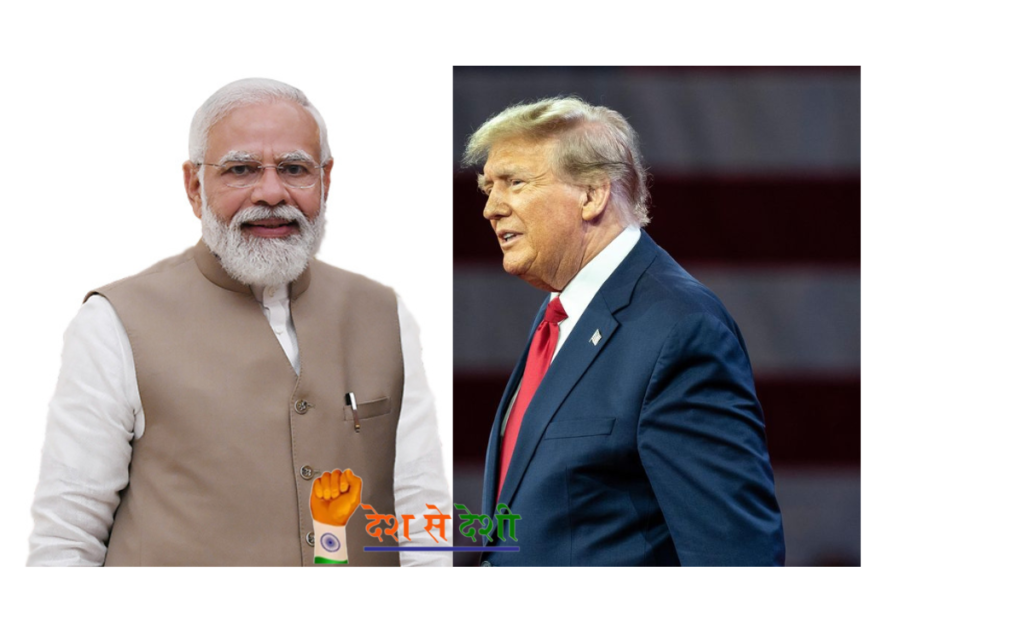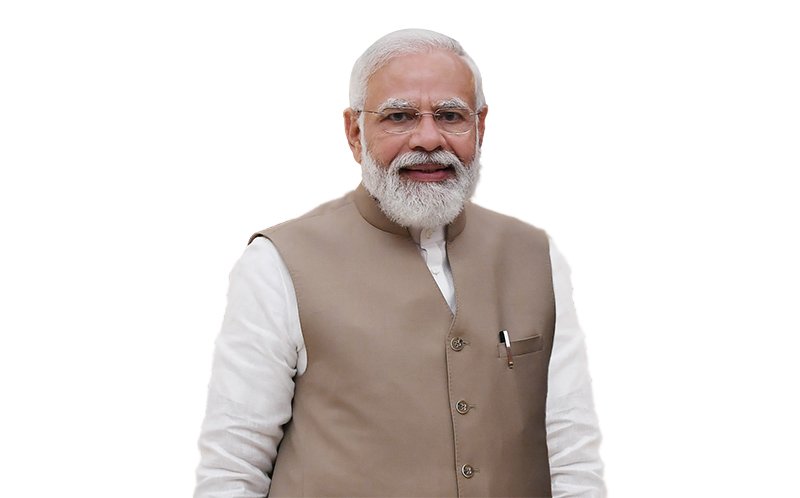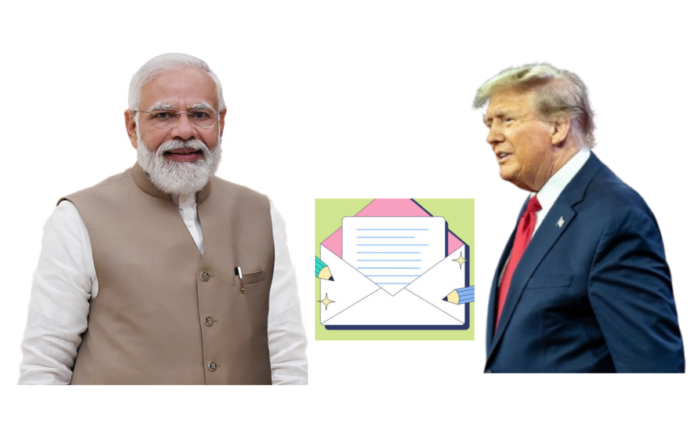In an era where every political move is scrutinized and dissected, Prime Minister Narendra Modi’s recent letter has ignited a fresh wave of conversation across India’s political corridors. The contents of the letter, while seemingly innocuous at first glance, have raised numerous questions and sparked intense debate among political analysts, party leaders, and the general public. What is the true message behind the letter, and why has it garnered such widespread attention?
To fully understand the political significance of PM Modi’s letter, one must first examine its context, tone, and underlying implications. The letter, addressed to party members, political allies, and supporters, is seen as a timely communication amidst the country’s evolving political landscape. It was not just a simple address; it was a signal—both a reaffirmation of political ideologies and a subtle reminder of the power dynamics that shape India’s democracy.
The Unfolding Drama: Timing is Everything
The letter was sent out at a crucial juncture, with India heading into a series of state elections and with national general elections on the horizon. As political temperatures rise across the country, Modi’s communication has come to be seen as an attempt to strengthen his position while rallying support for his policies. While it may have appeared to be a standard message of unity and collective progress, the timing of the letter suggests that it was crafted with a keen understanding of the pulse of Indian politics.

A strategic move, perhaps? Observers believe that the timing aligns with Modi’s continued push to solidify his narrative of strong governance and unwavering national leadership. It subtly reinforces his position as the linchpin of India’s political future, a figure whose appeal transcends party lines and whose policies have left an indelible mark on the country’s socio-economic trajectory.
The opposition parties, not ones to be easily overlooked, have reacted swiftly to the letter’s contents. Political analysts note that the letter’s subtle references to unity, development, and national progress have been interpreted as a veiled message to the opposition. By reiterating these themes, PM Modi seems to be laying down the gauntlet for his rivals, signaling that his government’s achievements will be difficult to overshadow.
The Tone: A Fine Balance Between Assurance and Challenge
In the letter, the Prime Minister strikes a fine balance between assurance and challenge. On the one hand, Modi exudes confidence in the success of his government, highlighting key achievements in sectors like economic development, infrastructure, and foreign policy. On the other hand, he throws a challenge to both his party members and political adversaries, urging them to remain focused on the larger vision of national progress.
For many within the Bharatiya Janata Party (BJP), Modi’s letter is seen as a call to arms—an encouragement to work even harder, stay united, and continue pushing forward the government’s agenda. Party insiders suggest that the Prime Minister’s letter has injected a renewed sense of purpose into the party ranks.

However, the opposition parties, particularly the Indian National Congress (INC), Trinamool Congress (TMC), and others, have not been silent in their response. They have taken to social media, holding that while the letter may focus on celebrating success, it does little to address pressing issues such as unemployment, inflation, and agricultural distress. Critics claim that the message is more about showcasing a polished image of governance rather than tackling the core challenges facing the nation.
For Modi, the letter represents both a challenge to the opposition and an opportunity to engage directly with the public. It is not just a political communication; it is a carefully crafted narrative that positions him as the true architect of India’s future.
Subtext: The Underlying Message
Despite the positive language and assurances of progress, the subtext of the letter cannot be ignored. Among its various layers, there is a clear indication that Modi is preparing for the upcoming electoral battles, particularly in key states that could tip the scale in the 2024 general elections. The Prime Minister’s references to ‘people-centric’ policies, ‘inclusive growth,’ and ‘national unity’ are all subtle signals aimed at consolidating his base while also appealing to centrist and moderate voters.
But perhaps most intriguing is the inclusion of statements calling for resilience in the face of adversity, and the reaffirmation of India’s unity amidst a rapidly changing global landscape. These sections have been interpreted by political commentators as a not-so-subtle jab at opposition parties that have often criticized Modi’s leadership style. The tone suggests that Modi is positioning himself as the defender of the nation’s unity, a leader capable of navigating through tumultuous global conditions.
Additionally, political observers have noted the inclusion of references to cooperative federalism in the letter, a theme that has been central to Modi’s government. With rising concerns about the center-state relationship and regional parties asserting their power, the Prime Minister seems to be signaling his intention to maintain a delicate balance between strong central leadership and respect for federalism.
Reactions Across the Political Spectrum
The reactions to PM Modi’s letter have been varied and spirited. BJP leaders have largely embraced the letter as a clarion call to continue the path of progress and development. Union ministers and BJP spokespersons have been quick to praise Modi’s leadership, reiterating the successes of the government in recent years.

However, opposition parties are far more critical. While they acknowledge the need for national unity and progress, they accuse the Prime Minister of avoiding hard truths. Congress leader Rahul Gandhi, in his usual confrontational style, remarked that Modi’s letter failed to address the “real issues” of the people, such as economic disparity, unemployment, and rising costs of living. Similarly, TMC’s Mamata Banerjee accused the Prime Minister of trying to divert attention from the failures of his government by focusing on rhetorical flourishes rather than tangible results.
Conclusion: A Political Masterstroke or a Tactical Move?
As India approaches the critical electoral phase in 2024, PM Modi’s letter has added a new dimension to the country’s political discourse. Whether seen as a political masterstroke or a calculated tactical move, it is clear that the letter has been crafted with purpose and precision. Modi has once again demonstrated his ability to dominate the narrative, carefully navigating the political waters with a combination of assertiveness and subtlety.
In the coming days and weeks, the letter will continue to be dissected by political commentators, opposition leaders, and supporters alike. It will undoubtedly play a role in shaping the discourse leading up to the 2024 elections. What is clear is that PM Modi is not just a politician; he is a strategist, and this letter has added another layer to the intricate web of his political ambitions.
As the political buzz grows, one thing is certain: PM Modi has once again set the stage for a new chapter in Indian politics, leaving no stone unturned in his quest to consolidate power. The nation waits to see whether this letter marks the beginning of a fresh political trajectory or simply reinforces the status quo. Only time will tell.




